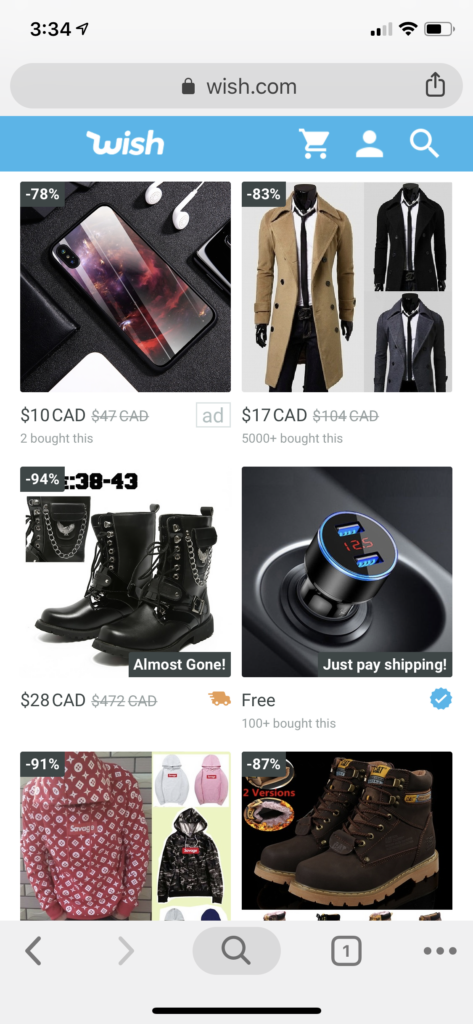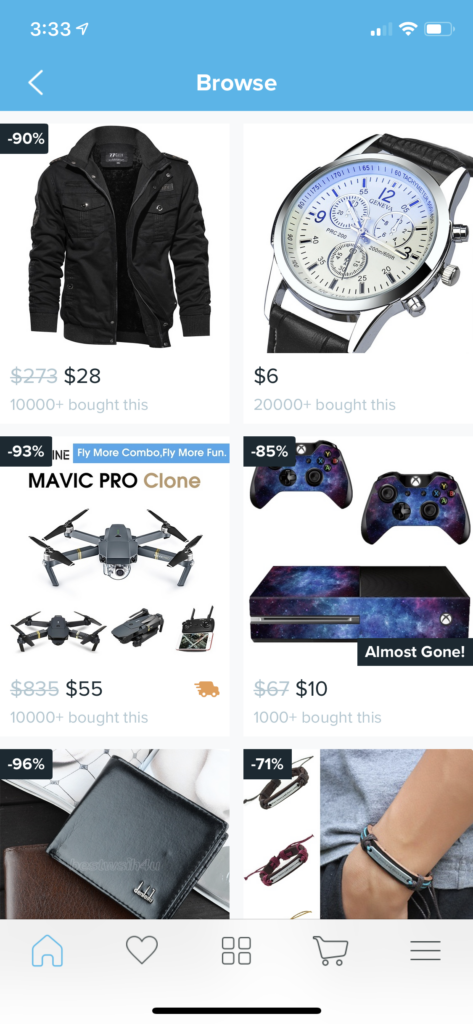Could Progressive Web Apps be the new craze in 2019?

The time when your smartphone home screen was filled with pages and pages of apps is perhaps over. People are tired of going to the app store to search and download apps, and momentum has now shifted from native apps towards Progressive Web Apps (PWA). PWA’s are helping countless companies save thousands of dollars in design and development, and are easier to access and navigate for users as well.
What is a Progressive Web App?
Generally, a Progressive Web App (PWA) can be described as a website on steroids, where essentially the contents of the website pages automatically download and adjust to the size and compatibilities of the device being used, essentially creating an app that works in your web browser app – hence the term web app. You can even add a web-app-page to your smartphone home screen as an icon for quick and easy access, exactly like a native app, but without ever having to visit an app store. When launched from the user’s home screen, service workers enable a Progressive Web App to load instantly, regardless of the network state. A service worker, written in JavaScript, is like a client-side proxy and puts you in control of the cache and how to respond to resource requests. By pre-caching key resources, you eliminate the dependence on the network, ensuring an instant and reliable experience for your users. These web apps are referred to as progressive because the contents of the website are expected to adjust to the browser or device in use regardless of its size, shape, or even age. That means a PWA that functions on Chrome on the new Google Pixel 3 should also function the same way on Safari on an iPhone 4. For example, PWA’s are great for online shoppers because the they can navigate from one online store to the next within their single web browser as opposed to having to download a variety of shopping apps and navigating between all of them. Not only does this take a lot more storage on your device, but it also takes a lot more time. What makes it even more of a no-brainer to use PWA’s is that they’re built more and more to look and behave exactly like their native app counterparts. Below are images of the WISH native app and the WISH web page:
Web App

Native App

Why are Progressive Web Apps the new craze?
There are many reasons why PWA’s are appealing to both users and businesses, especially since Google released Chrome 70 with PWA support in October. First, PWA’s offer an experience to the user that is consistently fast, from the time the user accesses the web app it could only be a span of second before they’re actively interacting with it. Secondly, these web apps are reliable because, with service workers, the apps can function even when the network fails, unless real-time updates are required. Third, these web apps offer a seamless user experience because they look, feel, and even behave like native apps. Responsive web pages can be saved as an icon on your home screen for quick and easy access, without the hassle of an app store. You can also send push notifications from the web app, so you’re always up to date! Third, web apps are easier to discover than native apps. This is because web apps can be found online using any search engine and are not exclusive to the app or play stores. Lastly, web apps are easily shareable. All you need to do is share the URL, there is no installation required! PWA’s seem to be more effective, efficient, and beneficial compared to their native app counterparts.
Progressive Web Apps vs. Native Apps
PWA’s
- Real time delivery
- Safe – To be a PWA, the web app must be served over a secure network (SSL)
- Updates are instantly experienced by the user
- Don’t take storage space on your device
- Easily sharable via URL links
- Can use organic SEO methods to help search rank in search engines
Native Apps
- Fast Performance
- Complete access to phone’s hardware (easy access to camera and mic)
- Slow iteration – takes a while for updates to be available to users
- Need to pass app or play store regulations to be available to the public
- Very expensive to build
- Hard to discover in the app store – a lot more marketing and advertising required
